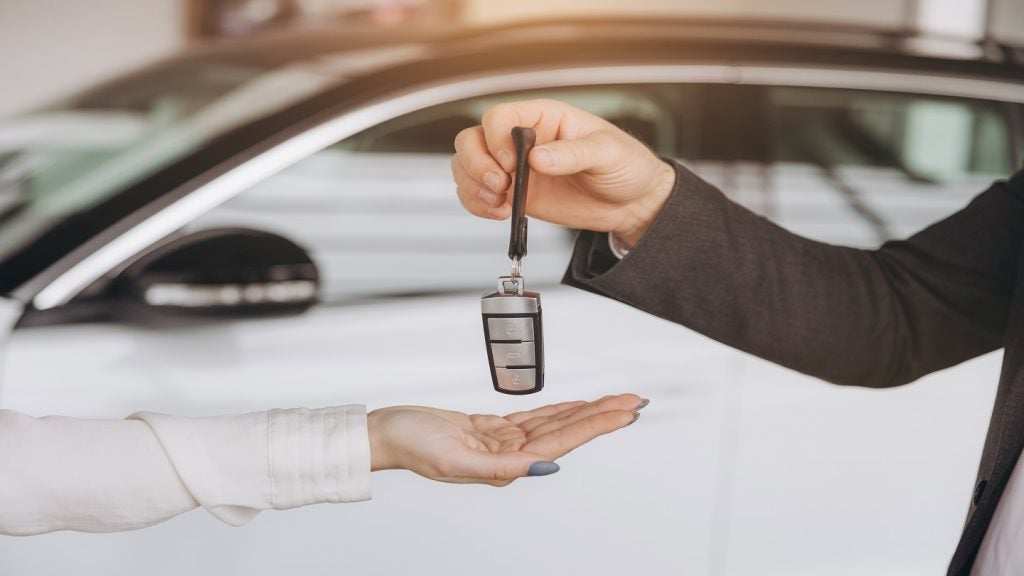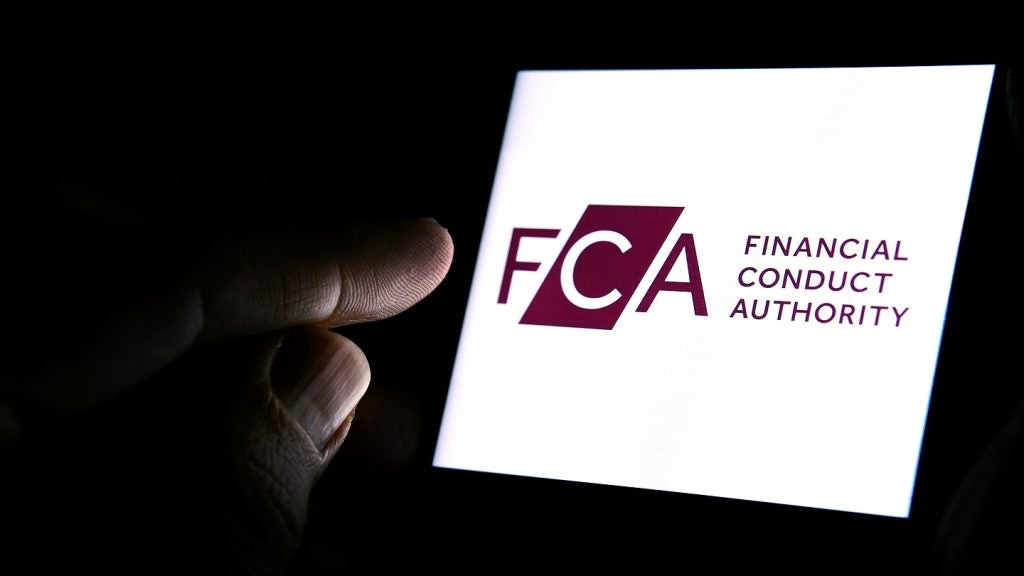The automotive industry is in the midst of a profound transformation. The rise of electric vehicles (EVs), increased competition, and the evolving nature of the consumer journey have created a complex landscape where traditional marketing methods are struggling to keep pace.
As someone who’s worked closely with automotive brands, I’ve seen firsthand the challenges they face in adapting to these changes. To thrive in this environment, brands must embrace a new approach — one that’s grounded in digital lead generation and driven by data.
The conventional ‘trickle-down’ advertising model, where broad campaigns were designed to build brand awareness and generate footfall, is no longer enough. Today’s car buyers, especially digital natives, are different. They don’t just walk into a dealership after seeing a billboard or TV ad. Instead, they spend months researching online, comparing models and features across multiple platforms, and engaging with brands on their terms.
A 2023 EY study found that 90% of potential car buyers now begin their journey online, using platforms like Google, YouTube, Meta, and even TikTok. This reflects a fundamental shift in the way people approach car buying. It’s no longer a linear journey but a fragmented, multi-touchpoint experience. Customers consume content on social media, watch YouTube reviews, browse forums, and read expert opinions—sometimes all at once. As a result, automotive brands need to be present at every stage of this journey, ready to engage with buyers when and where they’re most active.
So, what does this mean for automotive marketing? Simply put, it’s time to move beyond traditional advertising and embrace a more targeted, data-driven approach. Lead generation across digital channels is crucial. It allows marketers to capture in-market buyers, engage them with personalised content, and nurture them through the sales funnel — especially when their purchase intent is at its peak.
Platforms like Meta and Google offer sophisticated native lead-generation tools that allow brands to engage customers seamlessly. This approach isn’t just about building awareness; it’s about capturing high-quality leads and driving conversions. In fact, multi-channel engagement has become a cornerstone for many fast-growing automotive brands and retailers.
How well do you really know your competitors?
Access the most comprehensive Company Profiles on the market, powered by GlobalData. Save hours of research. Gain competitive edge.

Thank you!
Your download email will arrive shortly
Not ready to buy yet? Download a free sample
We are confident about the unique quality of our Company Profiles. However, we want you to make the most beneficial decision for your business, so we offer a free sample that you can download by submitting the below form
By GlobalDataAt Driftrock, we’ve seen this shift play out across the industry. The brands that succeed are those that can capture and nurture leads early in the process. But it’s not enough to rely on one or two platforms. In today’s fiercely competitive market, brands must engage across all digital channels—social media, search, automotive publishers, and marketplaces—to stay ahead of the competition. This omnichannel strategy allows marketers to connect with buyers at multiple touchpoints, increasing the chances of converting leads into sales.
One of the most effective tactics we’ve seen is custom audience segmentation. By using first-party data, brands can create tailored audience lists to enhance targeting. For example, exclusion lists help avoid wasted ad spend by excluding existing customers or low-quality leads. Retargeting lists allow brands to re-engage people who have already shown interest, while lookalike audiences help expand reach by targeting individuals similar to their best-performing leads. This level of personalisation is key to optimising campaign performance and driving results.
However, the true power of digital marketing lies in data. In 2024, AI-driven tools are helping marketers track every interaction, from the first click to the final sale. End-to-end tracking allows brands to measure key metrics like test drives booked and vehicles sold, feeding this data back into ad platforms for automatic optimisation. The result? Campaigns that become smarter over time, continuously improving their effectiveness.
Volkswagen UK’s recent success with Meta campaigns is a perfect example. By partnering with Driftrock, Volkswagen established an ‘offline conversions API’ that linked online leads with offline test drive bookings. This approach allowed the brand to optimise its campaigns in real-time, resulting in a threefold increase in lead conversion rates. By focusing on high-quality leads further down the funnel, Volkswagen was able to maximise the effectiveness of its advertising spend and improve overall sales performance.
As the automotive industry continues to evolve, marketers must adapt to the new reality. Traditional advertising will always have its place, but it can no longer be the primary driver of sales. Instead, brands need to focus on engaging buyers digitally, capturing leads through first-party data, and nurturing them with personalised, targeted content. The future of automotive marketing is data-driven, and those who embrace this shift will be best positioned to succeed.
The road ahead may be challenging, but the opportunities for growth are immense. By leveraging digital tools and strategies, automotive brands can not only capture high-quality leads but also build long-term customer relationships. This is how the industry will drive forward into the future—and I, for one, am excited to see where it goes.
Another key tactic is audience segmentation, which helps brands optimise their targeting efforts. By creating custom lists — such as exclusion lists to avoid advertising to low-quality leads or existing customers, retargeting lists for users who have previously interacted with the brand, or lookalike audiences to expand their reach — brands can enhance campaign effectiveness and reduce wasted ad spend.
The effective use of data is critical to the success of any automotive marketing campaign. In 2024, AI-powered marketing tools have become central to tracking key metrics such as test drives booked and vehicles sold. This data is then fed back into advertising platforms to improve future campaign performance through automatic optimisation.
A notable example of success in this area comes from Volkswagen UK. By partnering with Driftrock, Volkswagen implemented an ‘offline conversions API’ that significantly improved lead conversion rates from Meta campaigns. This approach allowed the brand to focus on high-quality leads and optimise conversion opportunities further down the sales funnel.
As the automotive sector continues to evolve, marketers must embrace digital tools and strategies that allow them to engage customers across a fragmented and competitive landscape. By leveraging first-party data and engaging with consumers through websites, social media, search engines, and other digital channels, brands can capture high-quality leads and build lasting customer relationships. Those who adapt to these changes will be well-positioned to succeed in the future of automotive marketing.
Matt Wheeler is the CEO of Driftrock








